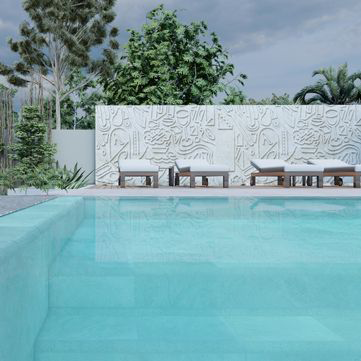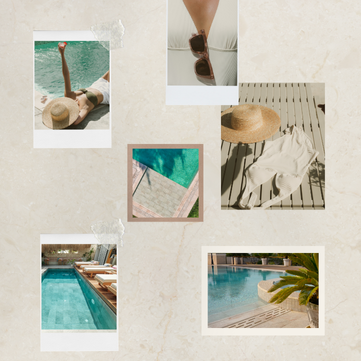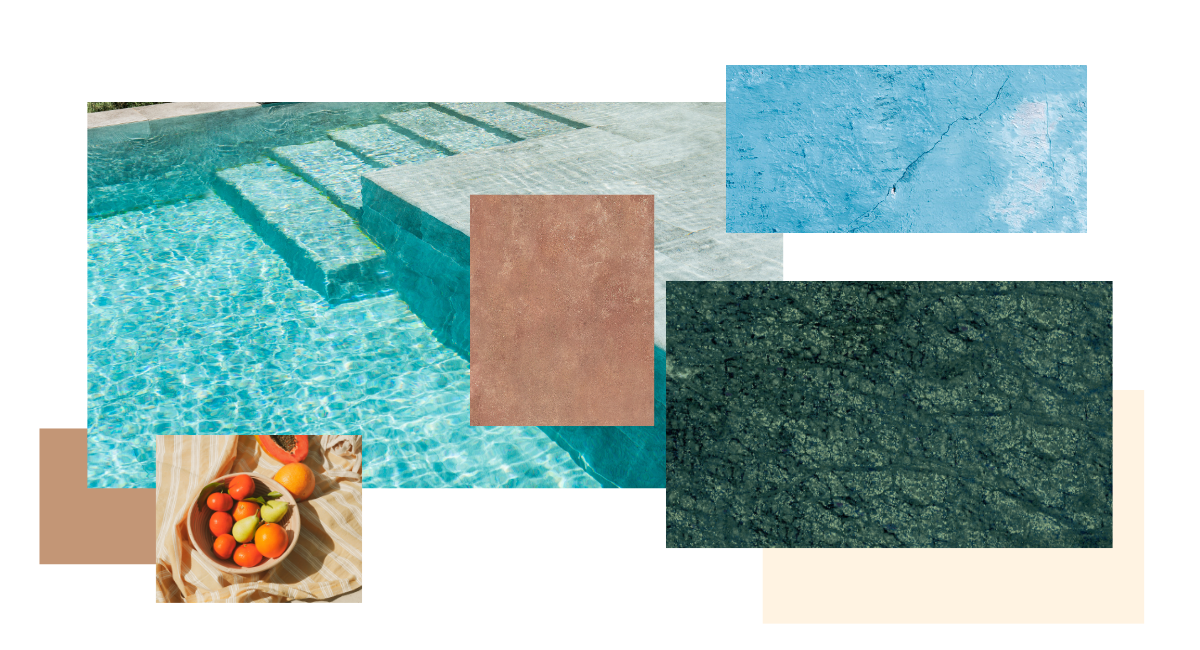
Every material tells the story of the time in which it was created. Some serve only their function, while others carry the spirit of their era. Porcelain is a rare material standing at the intersection of these two worlds.
Throughout centuries, its form has evolved, its technology renewed, and its areas of use expanded — yet its inherent elegance has remained unchanged. Today, porcelain unites the craftsmanship of the past with the pure aesthetics of modern design. What began as a surface has now transformed into an understanding of quiet luxury that defines the character of space.
A Material Shaped by Time
Time shapes the character of every material. The story of porcelain is one of the most refined examples of this transformation.
The process that begins with the union of natural raw materials and fire has evolved through centuries of form, meaning, and technology. Today, porcelain is not only a surface solution but also a symbol of permanence, elegance, and meticulous craftsmanship in architecture.
The value of a surface is measured not only by its aesthetics but also by how it withstands time. The evolution of porcelain is a design journey that has advanced by preserving this balance — a continuity that merges the mastery of the past with the technology of today.
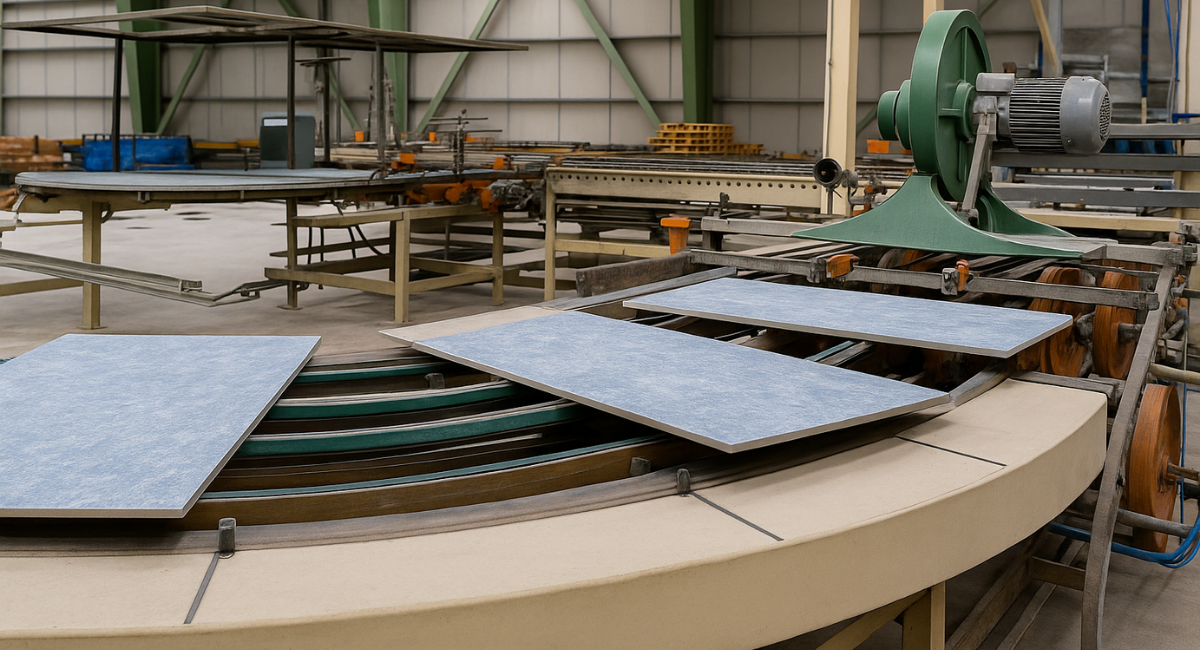
Light Born from Earth
The origin of porcelain lies in nature’s simplest elements: earth, water, and fire.
Its earliest examples took shape thousands of years ago in the Far East. Masters in China and Japan turned the material into not just a functional object, but an aesthetic one. At that time, porcelain was regarded as a “living material” — admired for its delicacy, durability, and ability to reflect light.
The creation of each piece required patience, knowledge, and intuition. The delicate balance between heat and time determined the quality of the surface. Although modern production techniques have accelerated the process, the fundamental principle of that era still holds true:
Porcelain reaches perfection through the right proportion, the right temperature, and the right timing.
From Tradition to Modernity
With the Industrial Revolution, porcelain transcended craftsmanship and gained an industrial identity. It was no longer limited to plates or objects but became a surface integrated into architectural spaces.
From the 19th century onward, architects in Europe began using porcelain’s aesthetic simplicity in public buildings and interiors.
During this period, technical innovations expanded the material’s dimensions, durability, and color range. The line between traditional craftsmanship and industrial production blurred, giving porcelain both artistic and structural value. Over time, with the rise of minimalism and modern architecture, porcelain became the carrier of a simple yet powerful aesthetic language.
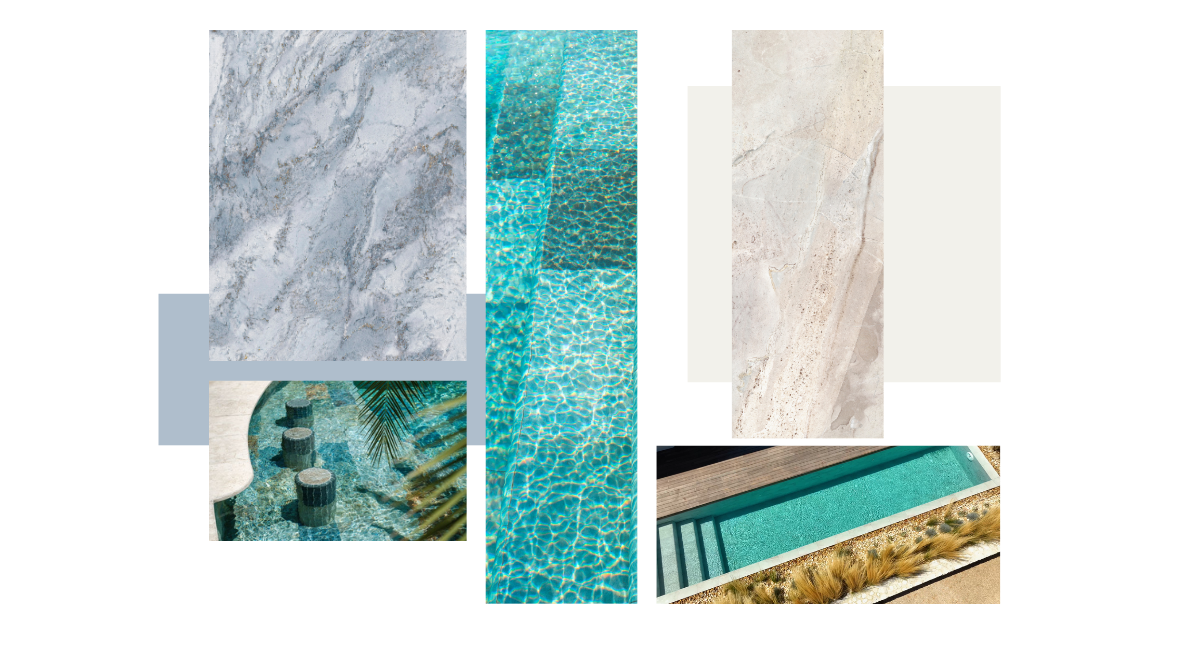
The Material of Quiet Luxury
Today, porcelain has become an essential component of contemporary architecture. With its diversity — from natural stone looks to metallic surface effects — it meets both aesthetic and technical expectations. What makes it truly special, however, is its ability to create not just visual harmony but emotional balance.
Porcelain represents the concept of “quiet luxury.” It is not ostentatious; it expresses quality through simplicity.
Its resistance to water, light, and time offers sustainable elegance in architecture. From pools to terraces, public spaces to spa areas, it creates a surface language that harmonizes with nature on every scale.
The Continuity of Elegance
Even after centuries, the essence of porcelain remains unchanged. The way it captures light, the delicate balance in its texture, and its silent strength make it timeless.
In today’s architecture, porcelain is more than just a material — it is an expression of a way of living. Its enduring elegance stands as a quiet legacy, bridging the past and the future.
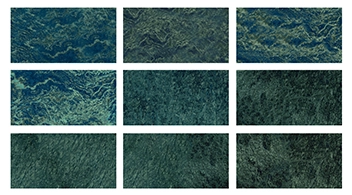
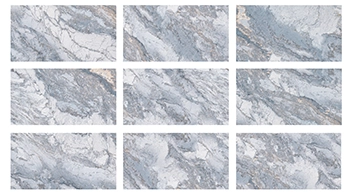
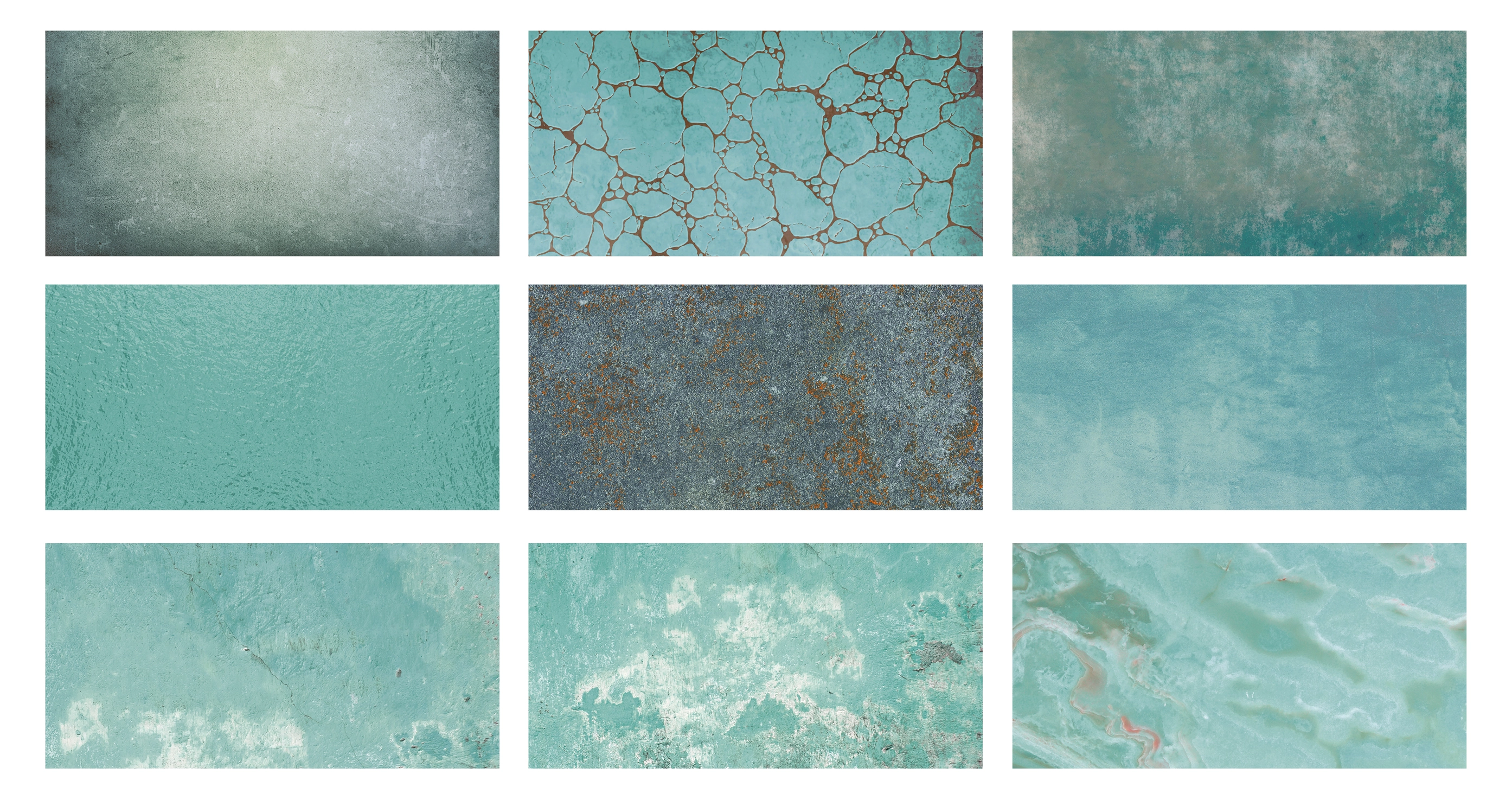
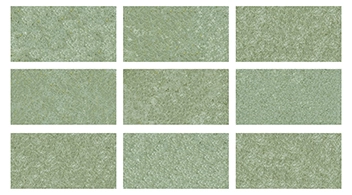
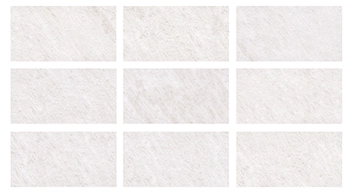
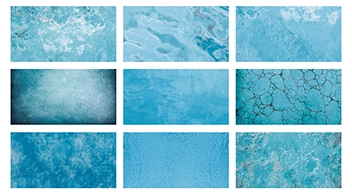
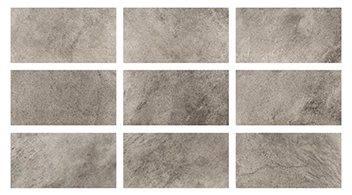
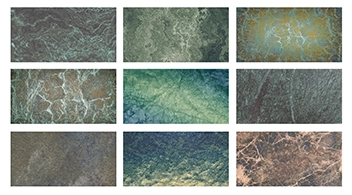
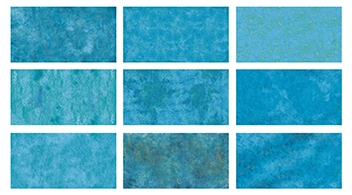
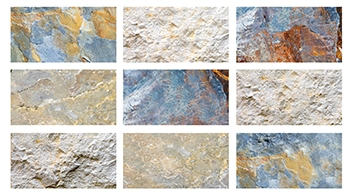
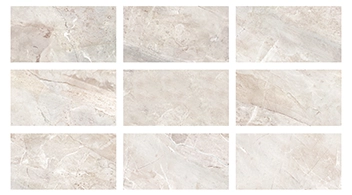
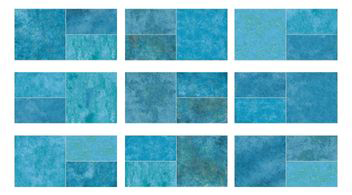
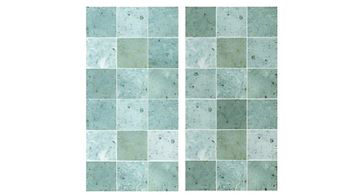

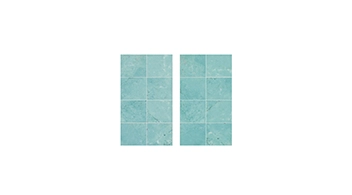

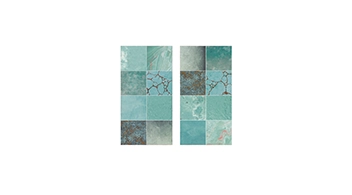
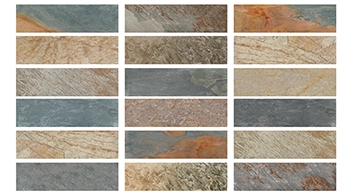
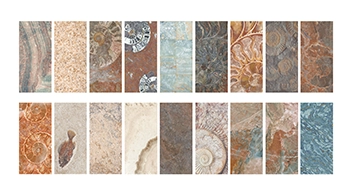
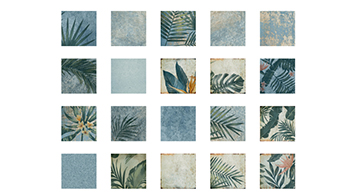
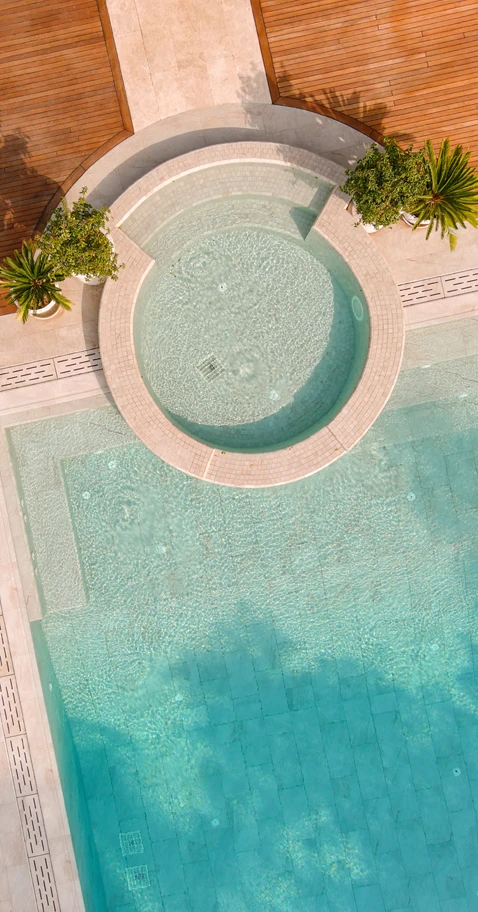




.webp)
